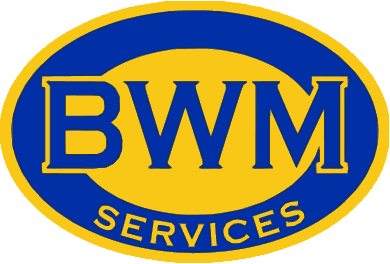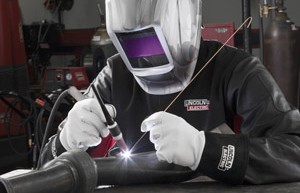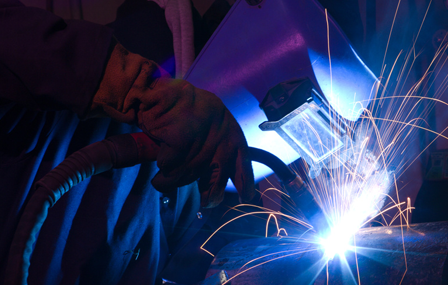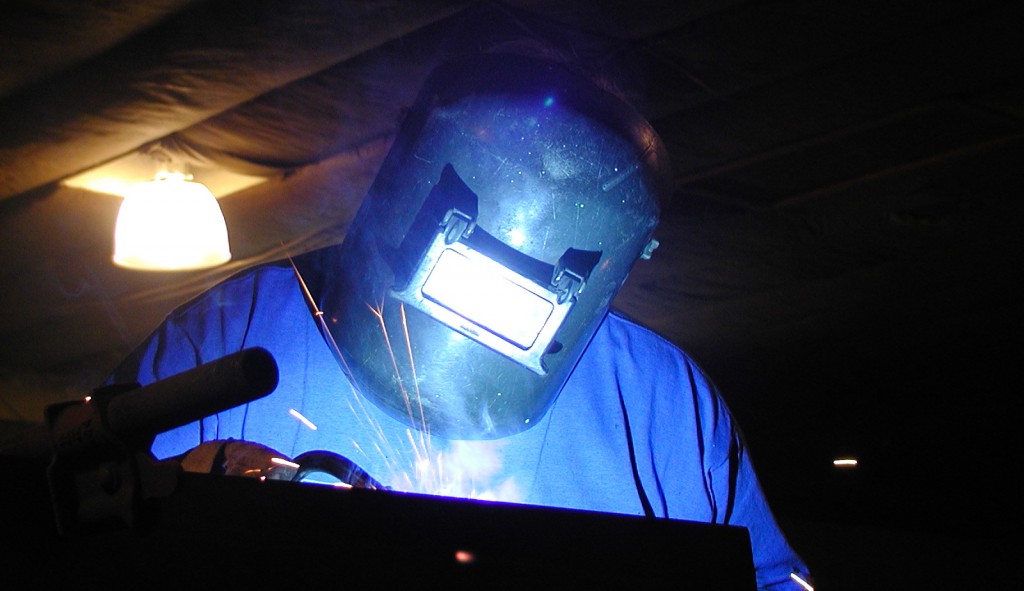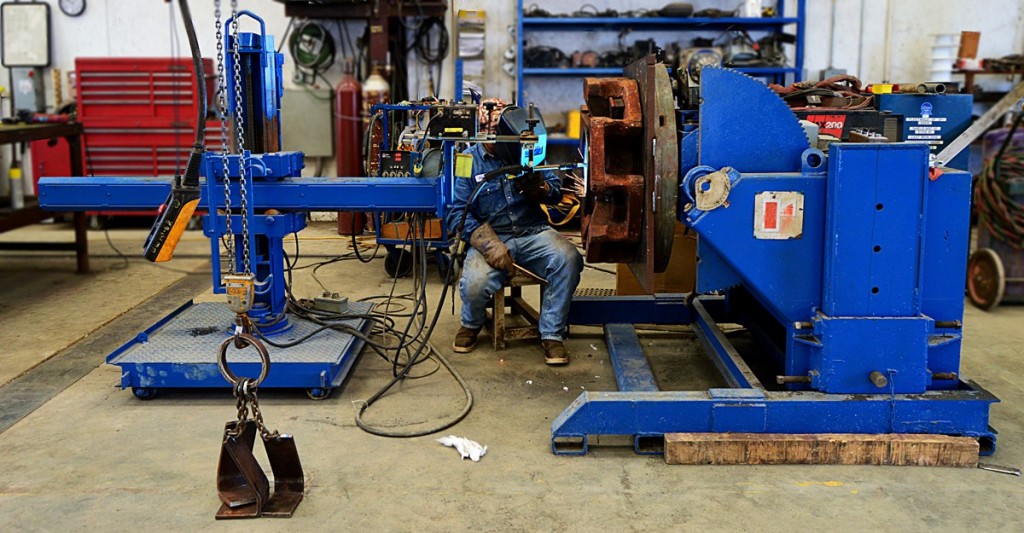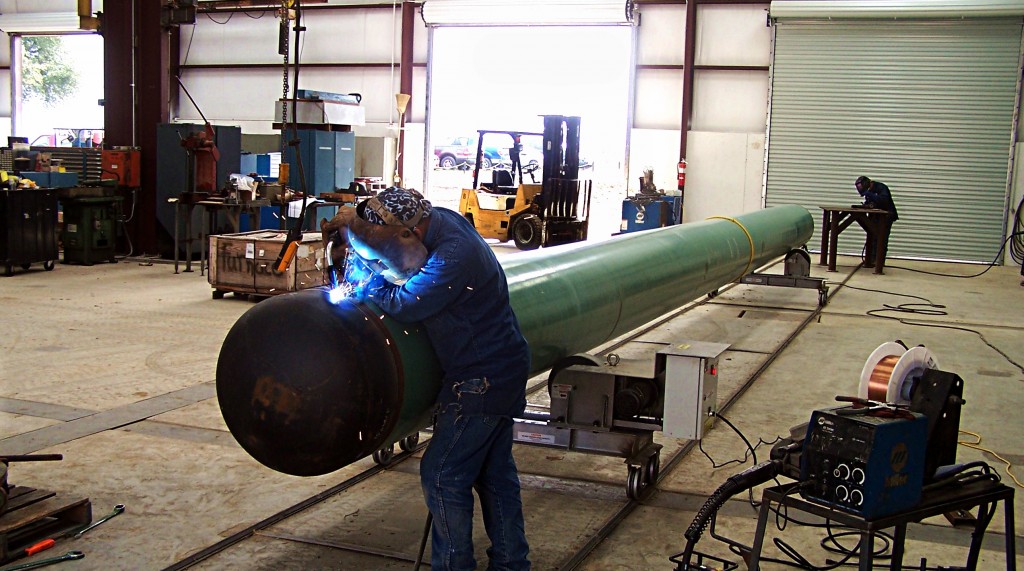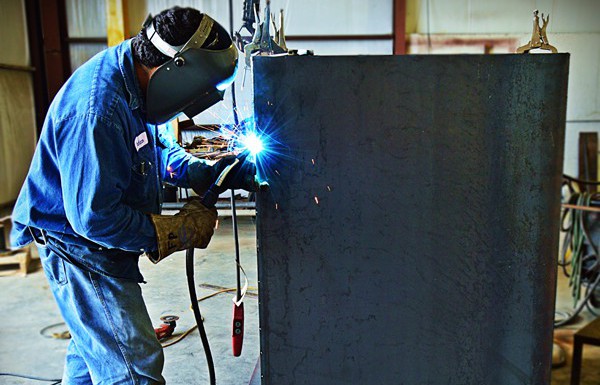Continue reading Selecting Filler Metals for Stainless Steels
It Only Takes a Spark
Grinder Selection Tips
Maintaining Corrosion Resistance when Welding Stainless Tube and Pipe
Continue reading Maintaining Corrosion Resistance when Welding Stainless Tube and Pipe
Defect Assessment of Brazed Steel Components
Continue reading Defect Assessment of Brazed Steel Components
A Guide to Reducing Welding Fumes: Part 2
A Guide to Reducing Welding Fumes: Part 1
Safety Tips for Weld Prep in Pipe Fabrication
Continue reading Safety Tips for Weld Prep in Pipe Fabrication
Welding Industry Inspection Technology and Advancements
The American Welding Society (AWS) published the standards of weld quality and safety which is upheld by Certified Welding Inspectors (CWIs) and Certified Welding Educators (CWEs). It is important that CWIs and CWEs use the most advanced inspection equipment and visual inspection methods available in order to adhere to these crucial standards. Specialized cameras are used during the weld process and NDE equipment is utilized in order to achieve complete weld quality assurance.
Continue reading Welding Industry Inspection Technology and Advancements
